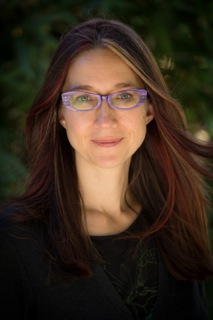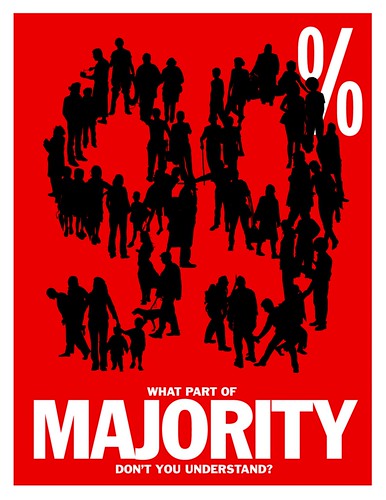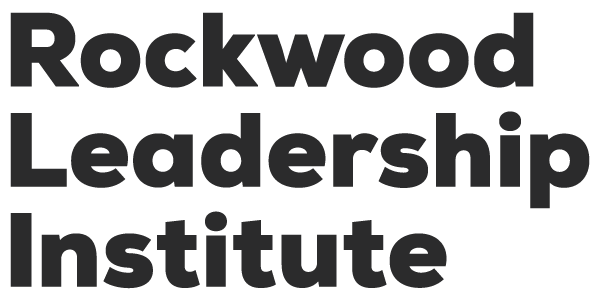Effective visions are stated in the positive – what we are FOR, not what we’re AGAINST.
When we read this post by Rockwood trainer, Suzanne Hawkes, on her blog last week, we knew we wanted to share it with you. What do you think are the qualities of great organizational vision?
****
 Quick: think of an organization or business you know and love. Maybe it’s one you actually work or volunteer at. What’s their vision for success? In other words, what’s the specific statement or narrative that they use to describe wild, vivid, success in, say, ten or twenty years? Chances are they have one – but you don’t know what it is off the top of your head, even if you work there. Or they have one – but it’s so broad as to be virtually meaningless. Maybe it’s just a vague platitude, like “an end to world hunger.” True, it’s not easy to come up with a clear, powerful vision. But the process itself can be a wonderfully creative experience. And once developed, an effective vision can be a rich source of fuel and inspiration for years to come.
Quick: think of an organization or business you know and love. Maybe it’s one you actually work or volunteer at. What’s their vision for success? In other words, what’s the specific statement or narrative that they use to describe wild, vivid, success in, say, ten or twenty years? Chances are they have one – but you don’t know what it is off the top of your head, even if you work there. Or they have one – but it’s so broad as to be virtually meaningless. Maybe it’s just a vague platitude, like “an end to world hunger.” True, it’s not easy to come up with a clear, powerful vision. But the process itself can be a wonderfully creative experience. And once developed, an effective vision can be a rich source of fuel and inspiration for years to come.
Truly great organizational visions tend to have 5 key qualities. And, no surprise – – these are the same qualities of effective social change messages of all kinds:
Visual

This seems like a no-brainer, but visions should, in fact, involve imagery – vivid pictures, told in words, that literally stimulate the visual cortex of listeners. “In 30 years we will have achieved world peace” is certainly aspirational, but it’s not visual.
Motivating

Effective visions are emotionally compelling, and deeply motivating. They speak to the heart and gut – not just the head. They inspire people to act, to keep going when the going is tough, to dig down a little deeper because with that extra push, the beauty and power of that collective vision feels within reach.
Achievable
Powerful visions are like big “stretch goals” – their achievement may be well out of our comfort zone, it may call for great acts of courage and perseverance – but it is actually possible to get there. They are, in the words of Ari Weinsweig, “strategically sound.”
Positive

Effective visions are stated in the positive – what we are FOR, not what we’re AGAINST. That’s easier said than done for many social change organizations whose orientation has been focused on stopping oppression or negative environmental and economic development.
“Spreadable”
Like any good, “sticky” story, effective visions can be repeated, spread like a happy virus from one team member to another, and beyond. If they are too long, boring, or conceptual (versus vivid and grounded in tangible imagery and action), we can be pretty certain they will sit on shelves gathering dust. John Kotter, author of Leading Change, suggests that it should be possible to convey a great vision in no more than 5 minutes. That way, they can be communicated as a regular, cherished practice across all levels of the organization. His research suggests that most companies under-communicate their visions by a factor of 10.
****
You can learn more about Rockwood’s Art of Leadership training by clicking here. Questions? We’d love to chat with you. Shoot us an email, or give us a call.
P.S. We added some images to Suzanne’s post. Click on the links below to see where they came from:
- Occupy Wall St. Poster by Noah Scalin
- Endangered Species Act 40th Anniversary by U.S. Fish and Wildlife Service
- United Nations International Women’s Day Infographic
- March on Washington for Lesbian, Gay, and Bi Equal Rights and Liberation by Elvert Barnes
- Butterfly Crossing: Migration is Natural by Favianna Rodriguez


